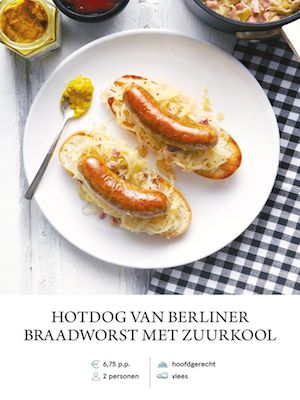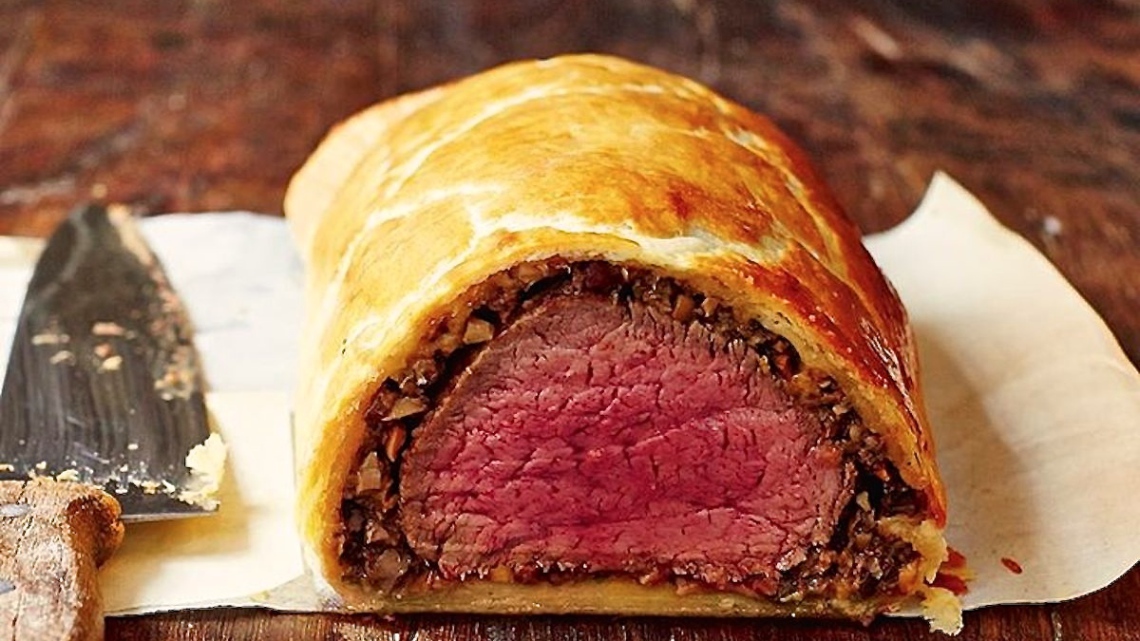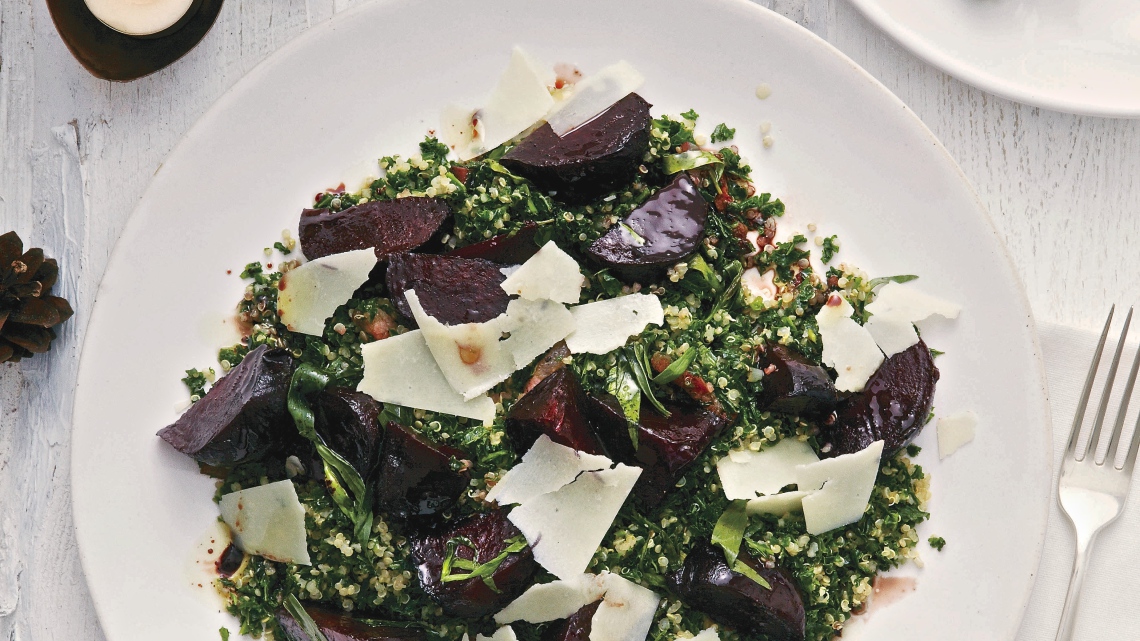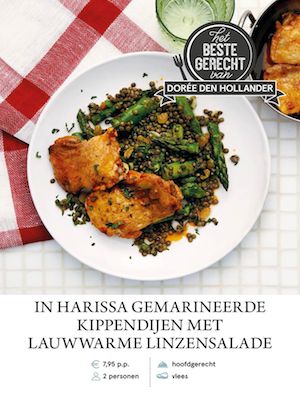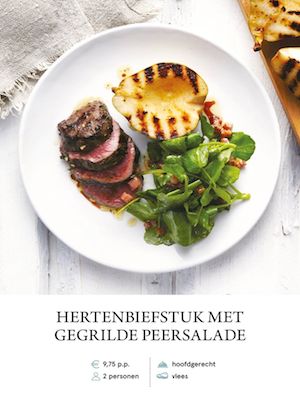Domaine des Baumards Brut Carte Turquoise
WINERY NOTES
Domaine des Baumard lies tucked away in the tiny village of Rochefort-sur-Loire, just south of Savennières, in the very heart of the ancient Duchy of Anjou. This property is an impeccably run estate that has been fashioning outstanding Loire Valley wines since 1634. The historical Baumards are viticulturists who specialize in two grape varietals, the great but now nearly forgotten Chenin Blanc variety, and Cabernet Franc, the Loire Valley's premier red grape. Under the recent guardianship of Jean and Florent Baumard, Domaine des Baumard has soared to new heights, even as many of Baumard's neighbors have struggled to maintain their marginal vineyards. Although Domaine des Baumard has played a key role in producing great Loire Valley wines for centuries, much of the modern-day lore can be attributed to Jean Baumard, Florent's father, who resurrected this family property in the 1950s and 1960s after decades of decline due to phyloxerra, economic depression, and the ever-shifting tastes of the wine-drinking public. For decades, the Baumards, like many of their neighbors, were forced to concentrate their efforts on their nursery business and the cultivation of vines rather than winemaking. That is, until the 1950s, when Jean began acquiring several of the greatest vineyards in Côteaux-du-Layon and Quarts de Chaume and refocused the family's effort into the crafting of the greatest of all Loire Valley wines. Presently, Domaine des Baumard has one of the most extensive portfolios of Anjou wines, including outstanding dry Savennières offerings, sweet treasures from Côteaux-du-Layon and Quarts de Chaume, a beautiful, highly perfumed Cabernet Franc, and at least three of the Loire Valley's most enjoyable sparkling wines, which includes Carte Turquoise. There are also a number of limited productions from single vineyards. All of Baumard's wines are hand harvested, and each of the estate's wines is made in small, individual lots.
TASTING NOTES
Fresh as a spring garden and as delicate as a blossom in the afternoon breeze, Baumard's Carte Turquoise Crémant de Loire captures the essence of sparkling wine from France's fabled Loire Valley. As a fine Crémant de Loire and a proper Baumard Chenin Blanc, the Carte Turquoise exhibits a persistent, tiny bead; at the same time, it radiates from the glass a golden glow as if kissed by the summer sun. More importantly, this méthode traditionnelle Chenin Blanc offers delicate, sophisticated aromatics and plenty of soft, elegant flavors to beguile all the senses. Apple and cherry blossoms, fresh baked bread, and the fecundity of spring all come to fore in this wine. A myriad of flavors gently caress the mid plate and finish obligingly clean and perfectly dry. If there were enough of the balanced, lovely, supremely elegant Carte Turquoise to go around, it would be a staple at weddings and parties. No acid reflux or toxic burn from this sparkling wine. So, to begin the festivities, we suggest putting a good chill on this huggable sparkler (about 6-10° C). However, we prefer that it warm slowly in the glass to reveal its subtle charms and the great Anjou terroir from whence it comes.
ACCOMPANIMENTS
Much of the beauty of Loire Valley crémant is its gentleness and versatility and Baumard's Carte Turquoise Crémant de Loire excels on both counts. Consequently, it pairs well with a wide array of hors d'oeuvres and canapés, and it can even hold its own with smoked salmon, replete with capers and onions. It provides an excellent complement to fish, especially lightly grilled or sautéed perch and trout. In addition, it serves as a charming aperitif. Ordinarily, we prefer to consume Champagne and sparkling wines, the Baumard Carte Turquoise included, at the beginning of the evening's festivities. However, for those among us who still insist upon saving the bubbly for after dinner, fear not. Carte Turquoise has a natural affinity for fruit and cheese. Together, they make for a splendid way to finish a meal. Port Salut and other cow's milk cheeses shine with this elegant sparkling wine. Moreover, the gentleness of this wine makes it easy to consume after a substantial meal.
Buy or taste this wine? For more information visit Wijnkoperij De Gouden Ton.
Every two weeks we will be giving away a bottle of the featured wine. To stand a chance of enjoying a bottle, fill out the contact form including the name of the wine and we will let you know if you have been selected.
BIlder & de Clercq's New Recipes Week 52
As you may know by now, we are the chefs behind Amsterdam hotspot, Bilder & de Clercq. Every week we develop 3 new recipes for the stores and we'll be keeping you updated with the week's newest recipes. This weeks new recipes are:
Beef Wellington
This is a classic recipe which is having somewhat of a renaissance. This recipe is based on one I learned while training at Silwood Kitchen in Cape Town. It was first made at the school by it's founder, Lesley Faull, who learned it at Le Cordon Bleu in Paris in November 1966.
Serves 6-8
Ingredients
For the crêpes
100g flour
1 egg + 1 egg yolk
300 ml milk
pinch of salt
1 Tablspoon oil
butter for frying
For the Wellington
1 kg beef fillet, cut from the middle and trimmed (we use Simmentaler from Lindenhoff)
750 g chestnut mushrooms
olive oil
butter
1 teaspoon fresh thyme leaves
2 cloves garlic
splash of dry sherry
salt and pepper
English mustard powder
500 g all butter puff pastry
Method
Begin with the crepes. Mix the egg and egg yolk with the flour, oil and pinch of salt and add part of the milk. Whisk until you have a thick mixture and add the remaining milk. (This can also be done in the food processor). Allow the batter to rest for ± 30 minutes. Cook the crêpes in a crêpe pan and allow to cool on a wire rack.
Heat a frying pan with olive oil over high heat. Season the fillet well with salt an pepper. Brown on all sides until well coloured and set aside to cool. It's important never to put pastry around warm meat, as it will become soggy.
Clean and trim the mushrooms. Place them, together with the garlic and thyme leaves in a food processor until very finely chopped. Heat a frying pan over high heat with a splash of olive oil and a knob of butter. Fry the mushroom mixture for a goof 10 minutes until all the liquid has cooked away and the mushrooms are quite dry. Add a splash of dry sherry and allow it too to cook away. Season with salt and pepper. Allow to cool. It's important that the mushroom mixture is dry, this will also help the pastry stop getting soggy.
Season the fillet with English mustard powder. Lay cling wrap on your work surface and lay about 4 crepes (depending on their size) in an even layer. Spread generously with the mushroom mixture. Lay the fillet on and fold roll up, using the cling warp to guide you. Twist the the edges of the pastry to for a 'christmas cracker' so that you get a nice even shape. Place in the fridge to chill.
Roll out the pastry on floured surface to approx. 5 mm thick. Place the crepe wrapped fillet on the pastry and brush with beaten egg. Pull the sides of the pastry around to wrap up the fillet like a parcel. Refrigerate for at least 30 minutes to chill. This can be done a few hours in advance.
Heat the oven to 200 C. Remove the Wellington from the fridge and place on a baking tray lined with baking paper. Brush the pastry with the remaining beaten egg and sprinkle with some coarse salt. Bake for 30-35 minutes for medium rare. Remove from the oven and rest for 10 minutes before slicing, or else all the juices will run out.
To serve, slice into pieces about 2,5 cm thick. Delicious with a red wine-port sauce and seasonal vegetables.
We, the Amsterdam Flavours chefs, hope you enjoy this recipe as much as we do. If you have any questions on how to prepare it or just want to send us your feedback, you can reach us here Contact Amsterdam Flavours
This dish works well served with Artadi Tempranillo.
Artadi Tempranillo 12 Meses
Grape variety
100% Tempranillo
Region
Bodegas y Viñedos Artadi produce quality wines in three wine regions: Rioja Alavesa, Navarra and Alicante. To get the most from the different soil types, climatic conditions and characteristic grape varieties, they employ organic and biodynamic farming. In the Basque part of the Rioja, Alavesa, Artadi grows only tempranillo for the red wine. The bottom of the 83 hectares of vineyards mainly consists of calcareous soil, gravel and clay, at an altitude of about 700 meters above sea level. The climate is a whimsical combination of Oceanic and continental.
Vinification (wine-making)
Tempranillo grapes are used from vines that have an age averaging about 20 years old. After careful manual harvesting, the fruit gets a cold soaking of 24 to 48 hours followed by fermentation in stainless steel vats in which twice daily ' pigeage ' takes place (dipping the skins in the wine for more colour, smell and flavour extraction) and a slight remontage maceration (grape juice from the bottom of the tank is pumped again through the wine). This takes 10 to 12 days to complete. Maturation in wood takes 12 months, where only French oak used.
Taste impression
Intense, bright cherry-red colour. On the nose, lots of red fruit and black currant, roasted balsamic nuances, exotic wood and a hint of liquorice. Fresh in the starter, well structured and balanced, a full red wine with fine and elegant tannins and a catchy, lingering flavour.
Serving
Serve between 17 - 18 ° C. Decant the wine to separate the sediment and give it some aeration. Do this 30 minutes before serving to improve the wine's aroma. For serving, you can also use wide, large glass and pouring in only a little wine.Ageing potential: drink within 4 to 6 years after the harvest. Store in a cool and dark place.
Culinary advice
A good companion to richly flavoured Mediterranean dishes, particularly stews with meat or poultry, roasted or grilled lamb or pork, poultry, and mature, hard Spanish cheeses.
Taste type
Medium-bodied, very aromatic, with wood maturation.
Buy or taste this wine? For more information visit Wijnkoperij De Gouden Ton.
This wine is the perfect partner to our Beef Wellington.
Balsamic Roasted Beetroot, Quinoa and Kale
Serves 4
Ingredients
750 g cooked beetroot
20 g tarragon
150 g quinoa
150 g pancetta
300 g finely sliced kale
4 cloves garlic
150 g piece pecorino
Method
Preheat the oven to 200° C. Cut each beetroot into 6 or 8 wedges. Place 150 ml balsamic vinegar, 40 g brown sugar, 2 tablespoons olive oil, salt and pepper in to a roasting tray. Add the beetroot, mixing the ingredients well, and roast in the oven for 15 minutes. Pick the tarragon leaves; add them to the beetroot once they have been roasted. Set aside.
Place the quinoa in a small pot and cover with water. Bring to the boil, lower the heat and cook gently for about 15 minutes until tender. Drain off through a sieve and set aside.
Cut the pancetta into lardons and finely chop the garlic. Heat a frying pan with 2 tablespoon olive oil on medium heat. Add the pancetta to the pan and fry for about 5 minutes until golden. Remove the pancetta from the pan and set aside. Lower the heat; add the garlic and kale and fry for about 3 minutes until the kale has wilted.
Mix the kale, pancetta and quinoa together and season with salt and pepper. Spoon the mixture onto a serving platter and top with the beetroot. Scatter with shaved pecorino and spoon over the beetroot juices.
We, the Amsterdam Flavours chefs, hope you enjoy this recipe as much as we do. If you have any questions on how to prepare it or just want to send us your feedback, you can reach us here Contact Amsterdam Flavours
Hazenpeper - Hare Stew
Ingredients
4 hare legs
1, 5 bottles red wine
1 head of garlic, peeled
1 carrot, diced
1 red onion, finely chopped
200 g celeriac, diced
1 leek, finely chopped
4 sprigs of thyme
4 sprigs of rosemary
8 cloves
8 juniper berries
2 bay leaves
olive oil
butter
salt
black pepper
flour
4 slices onbijt cooked (ginger or spice cake), crumbled
Method
Mix together the red wine, peeled garlic cloves, carrot, onion, celeriac, leek, thyme, rosemary, cloves, juniper berries and bay leaves. Add the hare legs and marinate the hare legs for 24- 48 hours.
Remove the hare from the marinade and pat dry. Strain the marinade and keep the vegetables and herbs separately.
Heat a casserole or oven proof pan with some olive oil and a knob of butter. Brown the hare on all sides until nicely caramelised. Remove from the pan and set aside.
Add the strained vegetables and herbs to the pan and fry for about 5-10 minutes. Add 1 tablespoon flour and fry for 1 minute. Pour in the reserved red wine from the marinade, the hare legs and a good seasoning of salt and pepper.
Bring to the boil, cover with a lid and place in a 140° C oven for about 3 hours until the meat is tender.
Remove the hare from the pan and pour the liquid through a sieve. Pick the meat from the bones.
Bring the sauce to a boil, whisk in the crumbled onbijtkoek (ginger or spice cake) and a knob of butter. Check the seasoning, adding more salt and pepper if necessary. Return the meat to the sauce to reheat.
Serve the hare stew with creamy mashed potatoes and braised red cabbage.
The stew also freezes well and can be made ahead of time.
We, the Amsterdam Flavours chefs, hope you enjoy this recipe as much as we do. If you have any questions on how to prepare it or just want to send us your feedback, you can reach us here Contact Amsterdam Flavours
Bakken met Passie
Bakken met Passie (Baking with Passion) is a specialty pastry shop and bakery, a stone's throw away from the Albert Cuyp market.
They are one of our favourite places to visit because of their focus on quality in both the ingredients they use and the pastries they bake. They offer a beautiful range of tarts, cakes and other sweet delicacies.
At this time of year, when the festive season is in full swing, they offer beautiful stollen and other Christmas goodies. Go and visit them now to stock up for the coming festive days.
Visit Bakken met Passie
Bilder & de Clercq's New Recipes week 51
As you may know by now, we are the chefs behind Amsterdam hotspot, Bilder & de Clercq. Every week we develop 3 new recipes for the stores and we'll be keeping you updated with the week's newest recipes. This weeks new recipes are:
Hofstede De Nieuwe Donck
Last Friday, we catered a dinner at Hofstede De Nieuwe Donck. This is a beautiful estate in Langbroek, not far from Utrecht.
It can be used for hosting meetings, workshops and dinners. There is also accommodation for up to 20 people.
We had serious kitchen envy, for the large open, country kitchen. It was a pleasure to cook in and we hope to use it more in the future for cooking workshops and dinners.
We made a delicious 4 course dinner of salmon marinated in ginger and lapsang suchong tea, sole and scallop roulade, venison fillet with parsnip puree and deep fried kale and lastly, poached and caramelised pears with rum and muscavado jelly, milk puree and croissant ice cream.
A little interesting fact: the Christmas Special of Heel Holland Bakt (the Dutch version of The Great British Bake Off) was filmed in this kitchen a few weeks ago and will be broadcast on Saturday 20 December 2014 at 16:50 on NPO 1.
Free installation Quooker
Our friends at Quooker are offering a great deal! If you order a brand new Quooker Fusion in December, they will install it for free. That's a saving of €200. What a brilliant offer!
Quooker Fusion is a fantastic device, giving you cold, hot and boiling water out of one tap.
But that's not all. If you order a Quooker in December and are that weeks 10th order, you'll receive your Quooker for free.
Click on this link for more info: Free installation




